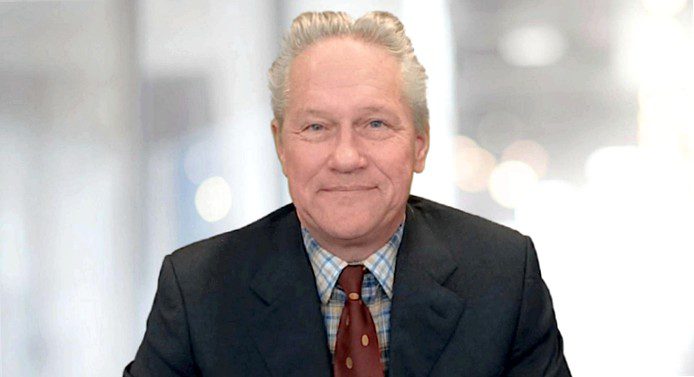
Because of stubborn services inflation and only a weak downturn, central banks are likely to maintain high policy rates for longer, writes Brad Tank, chief investment officer – fixed income at Neuberger Berman.
Prices often fluctuated particularly wildly in 2022 on days when the U.S. consumer price index was released. Year-over-year headline and core inflation were recently in line with consensus expectations. "We have had another reassuring month of steady declines. However, the structure of inflation differed somewhat from expectations. That may not have been so pleasant," says CIO Weekly.
Moderate
When the November numbers came out a month ago, investors reacted with delight. Inflation appeared to be easing across the board. "Inflation fell again in December, and food, energy and goods actually became cheaper in most cases. Service inflation, on the other hand, continued to rise. Even in previous inflationary periods, the rise in service prices was often very persistent," writes Tank at Neuberger Berman. The immediate market reaction was then as mixed as the data, they said. "Financial conditions tightened quickly, but then a sustained easing ensued. Stocks rose, yields fell, the U.S. dollar weakened, and the price of gold rose. After a few hours, investors had dismissed this as just another relatively innocuous set of numbers."
Central bank signals
The situation was made more confusing by comments from Patrick Harker, president of the Philadelphia Fed. On the one hand, it is prepared to make smaller rate hikes of only 25 basis points, but on the other hand, it wants to keep raising rates until inflation returns to its target level. Earlier in the week, central bank governors from Boston and Atlanta had already made similar comments.
"Back in November, we had noted that investors were increasingly paying more attention to economic data than to the Fed's strident rhetoric," Tank writes. Last week, the World Bank nearly halved its 2023 growth forecast, to just over 1.7%. For the developed world, it now expects growth of just 0.5% instead of 2.2%. Manufacturing purchasing managers' indexes signal shrinking industrial production in the U.S., Europe and Japan. The U.S. services PMI also just fell below 50, from 56.5 to 49.6, which also points to a recession, he said.
"Why then should we be concerned about service prices?", asks the Chief Investment Officer – Fixed Income at Neuberger Berman. "Since a sharp downturn cannot be ruled out, many investors are wondering whether central banks will have to cut interest rates again in the second half of 2023. The development of the bond markets also fits in with this," he adds.
Stubborn inflation
"On the other hand, we take the Fed and the other central banks at their word. We still believe inflation will remain stubbornly high. However, we also believe that goods inflation has passed its peak."Energy and commodity prices are not easy to forecast because they depend on many factors – the economic fallout from the war in Ukraine, the reboot of the Chinese economy and the weather," he said. In the services sector, Neuberger Berman expects housing costs to gradually decline despite the December increase, he said.
Otherwise, however, service inflation is likely to remain high because wages are rising and staffing shortages still prevail. Most recently, U.S. jobless claims fell to a three-month low, below expectations. At 3.5%, the U.S. unemployment rate is near a 50-year low, and the euro area unemployment rate is also at a record low of 6.5%.
Increasingly, there is a case for much higher wage settlements in Japan, Europe and the U.S. As recently as January, striking New York nurses won wage increases of no less than 19%. "Workers want to participate more in economic growth. We think this is a long-term and global development. We can well imagine that service inflation will remain stubbornly high in 2023 and that the economy will slow only slightly. Central banks could then hold on to high interest rates for even longer", concludes.
Asset managers expect inflation in the U.S. and euro area to fall to between 3.0% and 3.5% by the end of 2023. This would be much lower than recently, but still above the target value. "The maximum in key and short-term interest rates would then be permanent. We are more optimistic about interest rate volatility, which could be much lower than last year. For the first time in a long time, we think yields are reasonable again in view of the duration risk. We think they provide a sufficient buffer again. The last few years have shown us that the economy and the world situation can always surprise us. Nevertheless, we believe 2023 holds more opportunities and significantly less risks for bond investors than 2022.